LATVIJA.FM
The Music of Latvia: From Ancient Dainas to Global Stages
Latvia’s music tells a story that spans millennia—from the haunting drone of ancient dainas sung by farmers and fishermen, to the grand sweep of symphonic works performed in Europe’s great concert halls, to pop anthems that light up global charts. This journey reflects not only the nation’s artistry but also its resilience, preserving folk traditions while embracing classical mastery and contemporary creativity. In every note, Latvia’s cultural memory resonates—alive, evolving, and proudly carried into the future.
Ancient Roots: Songs Older Than the Nation Itself
Latvia’s musical story begins long before the concept of a nation existed, stretching back over a thousand years to the age of the dainas—short, unrhymed, four-line verses that preserve the mythic and everyday life of ancient Baltic peoples. Accompanied by the kokles, a type of Baltic psaltery, these songs spoke of Saule the sun goddess, Mēness the moon god, and the rhythm of village life marked by births, weddings, and farewells. Their melodies often used drone harmonies, rare in Europe but deeply characteristic of Latvian tradition. Passed down orally for centuries, they carried pre-Christian symbolism that endured despite political upheavals and religious change. The sheer scale of this tradition—over 1.2 million recorded texts and 30,000 melodies—marks it as one of the world’s richest bodies of folk heritage, a living archive that continues to inspire Latvia’s composers and performers today.
Medieval and Baroque Influences: Faith, Guilds, and Organs
By the 13th century, Germanic crusaders had brought Christianity and with it the choral and instrumental traditions of Central Europe. The medieval cities of Riga and Cēsis became hubs of sacred music, with Lutheran chorales joining older Catholic liturgical forms. Musical guilds flourished in Riga, composed mainly of German musicians, shaping urban culture for centuries. The introduction of organs transformed Latvia’s churches into resonant spaces, culminating in the 1884 completion of the Riga Cathedral organ—then the largest in Europe. This era also saw strong cultural links with the ducal court of Courland in Jelgava, where noted European composers such as Johann Adam Hiller performed. Although the period’s music bore strong German influences, the seeds of a Latvian voice were present, carried quietly in village festivals, seasonal rituals, and the persistent pulse of the dainas in rural life.
The 19th Century: Awakening of a National Sound
The 19th century was the turning point when Latvia’s music began to take on a distinct national identity. Composers like Kārlis Baumanis, author of the Latvian national anthem, and Jānis Cimze, who collected and arranged folk melodies for choral performance, laid the groundwork for a truly Latvian musical school. In 1873, Riga hosted the first Latvian Song Festival, a monumental choral gathering that became a symbol of unity and cultural pride. Folk themes permeated the works of Andrejs Jurjāns and later Jāzeps Vītols, whose symphonic and choral compositions wove traditional melodies into European classical forms. By the late 19th century, Riga was not only a cultural capital of the Baltics but also a stop on the tours of luminaries such as Liszt and Berlioz. The interplay of folk tradition and academic refinement set the stage for Latvia’s 20th-century musical flowering.
The 20th Century: Opera, Orchestras, and International Recognition
The short period of Latvian independence between 1918 and 1940 witnessed an extraordinary surge in musical life. The Latvian National Opera opened with Alfreds Kalniņš’s “Banuta” in 1920, and the newly founded Latvian Conservatory nurtured a generation of talented musicians. Symphonic and chamber ensembles flourished, with composers exploring styles from national romanticism to impressionism. Though later decades brought dramatic political changes, Latvia’s cultural institutions continued to develop, producing internationally renowned artists such as violinist Gidon Kremer and conductor Mariss Jansons. The Song and Dance Festival, held every five years, became both a celebration and a symbol of continuity. Even as popular music took root, the country’s classical scene maintained a high standard, with Latvian works performed on stages from St. Petersburg to Berlin.
Folk Revival and the Global Stage
From the 1970s onward, Latvia experienced a revival of traditional music, led by artists like Valdis Muktupāvels who restored ancient instruments to the public ear. Ensembles such as Iļģi blended age-old melodies with contemporary arrangements, sparking renewed interest among younger generations. The kokles saw a renaissance, with both traditional and concert versions appearing in performances worldwide. Meanwhile, Latvian pop and rock acts—most famously Prāta Vētra (Brainstorm)—took Baltic music onto the international charts. Latvia’s 2002 Eurovision victory with Marie N.’s “I Wanna” showcased the nation’s versatility. In the classical sphere, composers like Pēteris Vasks brought Latvian spirituality and nature-inspired themes to global audiences, while opera stars like Elīna Garanča and Inese Galante drew acclaim for their artistry on the world’s greatest stages.
Today: A Living, Evolving Tradition
Latvia’s musical culture today is a vibrant tapestry woven from its deep folk roots, centuries of European influence, and contemporary creativity. The Latvian National Symphony Orchestra, the Latvian Radio Choir, and world-class venues like the Dzintari Concert Hall keep the classical tradition thriving, while festivals from Positivus to Skaņu Mežs offer platforms for pop, jazz, and experimental sound. Every five years, the Song and Dance Festival still gathers tens of thousands of singers, reaffirming the enduring power of choral unity. Yet, in every genre—whether it’s a minimalist string composition, a rock anthem, or a quiet kokles solo—the echoes of the dainas remain. They remind Latvians and listeners worldwide that this is not just music, but a continuous cultural heartbeat, carrying the voice of a nation through time.
